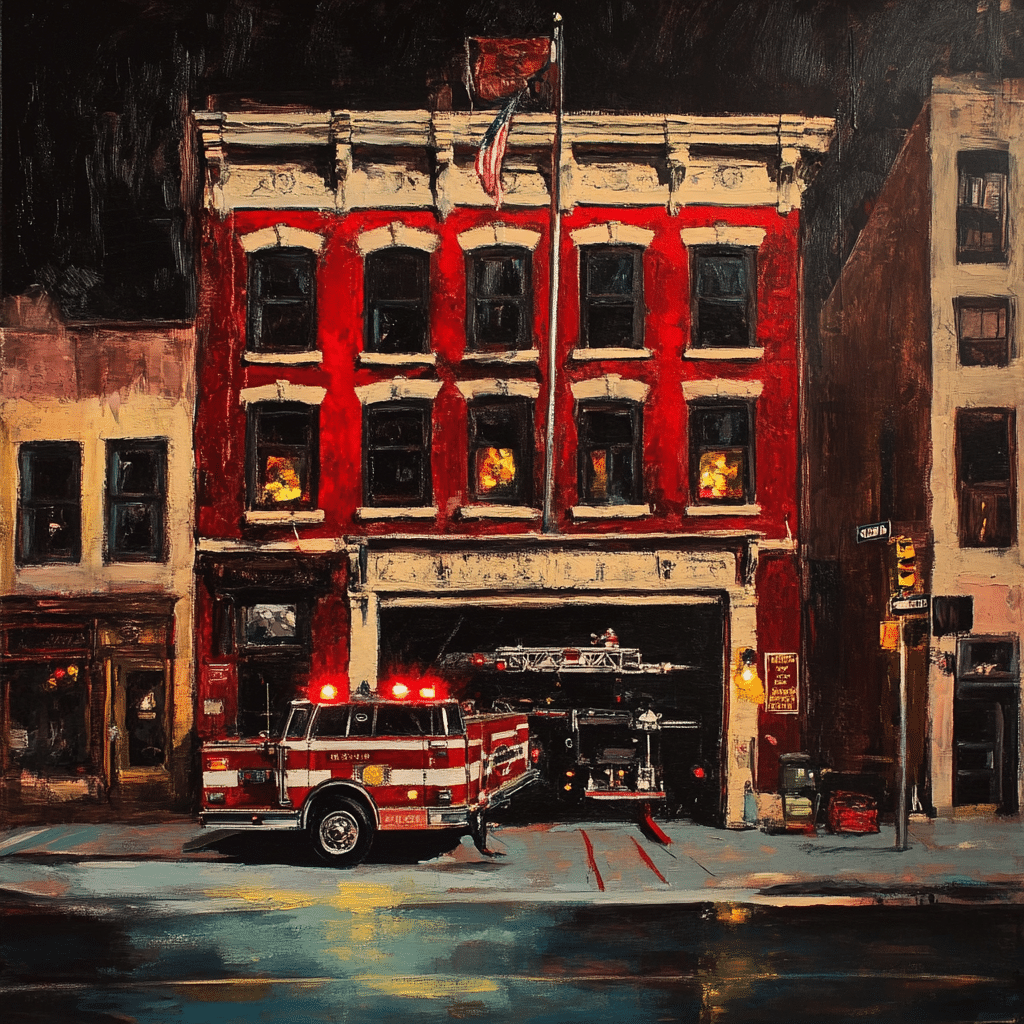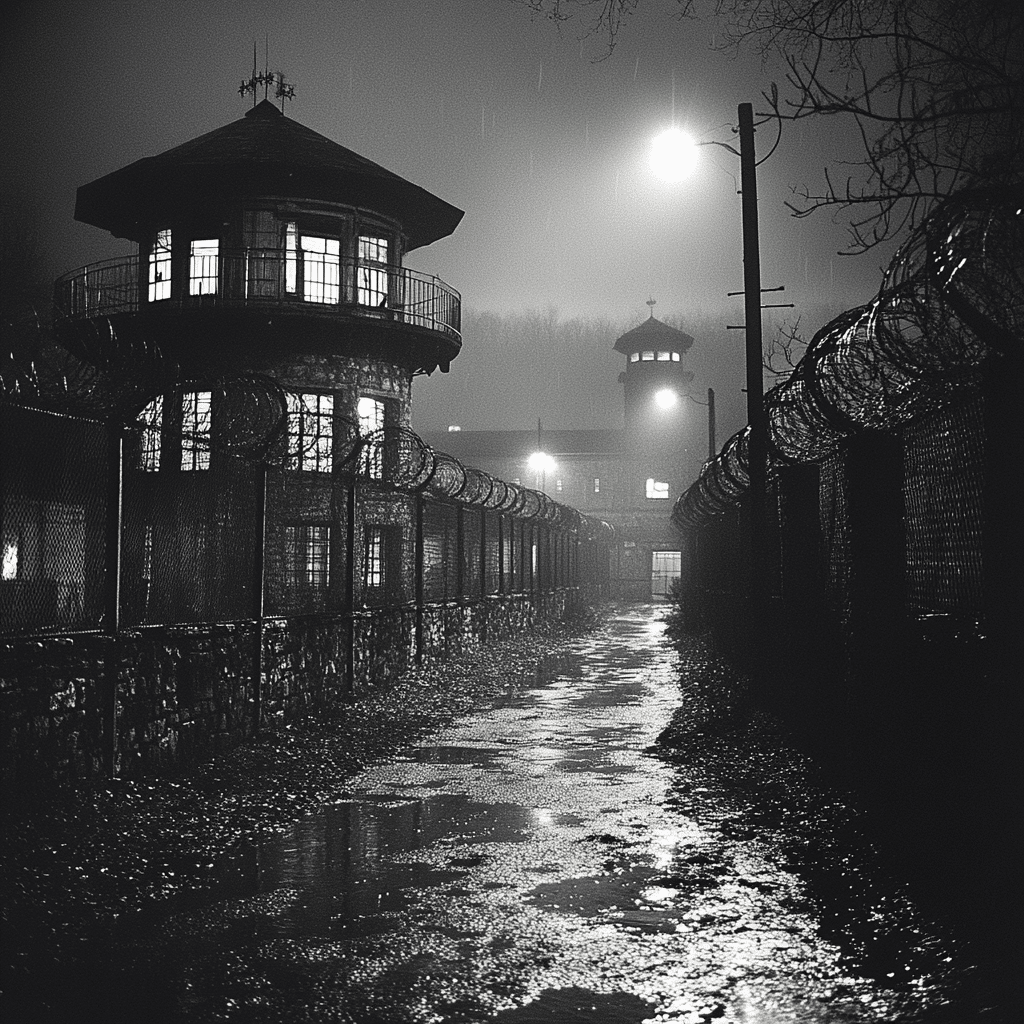Eddie Ray Routh: Profile of the American Sniper Killer
The story of Eddie Ray Routh unreeled a tragic tapestry woven with threads of service, mental instability, and ultimately, violence. A former Marine who’d once stood to defend his nation, Routh became infamously etched in America’s memory as the man who murdered Chris Kyle, the esteemed author of “American Sniper,” and Kyle’s friend Chad Littlefield on a fateful day in February 2013.
A deep dive into Eddie Ray Routh’s background reveals a Texan native with a relatively unremarkable upbringing, until the point he donned the uniform. However, beneath the surface simmered a brewing maelstrom of psychological troubles. A kid who once dreamed of valor on the battlefield was to later struggle with the heavy cloak of mental disturbances.
His service in the Marine Corps was punctuated by tours in Iraq and Haiti, environments replete with the sort of trauma that leaves indelible imprints on one’s psyche. Stirrings of erratic behavior were already apparent post-deployment, with Routh’s own family noting profound changes in his demeanor, a trajectory that seemed to only steepen with time.
Psychological evaluations post-deployment identified Routh as troubled. While colleagues might’ve seen glimpses of his inner turmoil, the scaffolding holding up his mental well-being crumbled at an accelerating rate. It wasn’t long before psychological disturbances became not just a whisper but a deafening shout in Routh’s life narrative.

The Tragic Day: February 2, 2013
The events of this day revealed a winding road leading to unspeakable violence. A detailed timeline of the events begins with an offer of camaraderie and support from Chris Kyle to Eddie Ray Routh—a venture to a Texas shooting range, meant for healing, would end in heartbreak.
In Chris Kyle and Chad Littlefield’s final moments, the men were engaged in what should have been a reprieve, a mentorship activity flavored with the zest for firearms both had shared. Yet, this passion turned perilous, as Routh’s volatility ignited in a manner most tragic.
Following the sound of gunfire, it became apparent that Routh’s actions and the aftermath at Rough Creek Ranch had veered into the realm of the irreparable. With two men downed, Routh fled the scene, setting off a series of events that led to his capture and the stark realization of the calamity that had unfolded.

| Category | Details |
|---|---|
| Full Name | Eddie Ray Routh |
| Birth | September 30, 1987 |
| Conviction | Guilty of murdering Chris Kyle and Chad Littlefield |
| Date of Crime | February 2, 2013 |
| Date of Conviction | February 24, 2015 |
| Location of Crime | Rough Creek Lodge shooting range in Erath County, Texas |
| Victims | Chris Kyle, former Navy SEAL and author of “American Sniper”; Chad Littlefield, friend of Kyle |
| Method of Murder | Shooting |
| Motive | Undetermined; defense claimed Routh suffered from PTSD and other mental illnesses |
| Legal Representation | Defense attorneys tried to argue insanity defense |
| Sentence | Life imprisonment without the possibility of parole |
| Trial | State vs. Eddie Ray Routh |
| Incarceration | Texas Department of Criminal Justice |
| Public Interest | Case gained attention due to Chris Kyle’s fame as “American Sniper” and the subsequent film adaptation |
| Aftermath | Highlights issues of veteran mental health and how the justice system handles defendants with mental illness |
| Appeal Status | Routh’s conviction appeal was rejected by the Texas Court of Criminal Appeals in 2016 |
The Trial of Eddie Ray Routh
It was a legal battle that caught the national spotlight. The legal proceedings ebbed and flowed, with expert testimonies painting contrasting portraits of a troubled veteran.
The defense strategy centered around PTSD and an insanity plea, shaping a narrative of a man undone by service to his nation, driven to commit a heinous act without grasp of its gravity. This defense aimed to tap into the vein of empathy for those who returned from war, altered beyond recognition.
However, the prosecution’s counterarguments were potent, bringing into question Routh’s awareness and intent. The testimonies woven by the prosecution anchored themselves in the belief that, despite mental health struggles, Routh remained culpable for his actions. Ultimately, the verdict and sentencing echoed that sentiment, with the gavel falling heavily against Routh—life in prison without parole.

PTSD and the Eddie Ray Routh Case
This case compelled a significant discussion on the connection between PTSD and violent behavior. While the bond isn’t inexorable, Routh’s case forced a hard look into the abyss that some veterans stare into post-service.
Professional insights on Routh’s mental health suggested a man ensnared by his demons, an argument that while not excusing his actions, sought to explain them. The response from the veterans’ community and psychiatric experts was manifold. Many empathized, but others refuted the notion that post-combat stress could justify taking lives.

Media Coverage and the “American Sniper” Effect
Clint Eastwood’s film “American Sniper” vaulted Chris Kyle’s legend into the public consciousness, grafting an additional layer of complexity onto the media coverage. The portrayal of Routh stood in stark contrast to the lionized image of Kyle, further polarizing perspectives.
The ‘wow dream coat‘ of Kyle’s heroism, as depicted in Eastwood’s cinematic epic, clashed with the impenetrable aura that shrouded Routh—a man who, unlike the shimmering depiction of Kyle, was swathed in the grey of mental disease and culpability. This media disequilibrium inevitably impacted the families involved and imprinted itself on the broader cultural discourse.

Legal Aftermath and Appeals
As one might imagine, Routh’s life in prison has been shadowed by the enormity of his actions, with appeals over the years filtering through the legal system, albeit to no avail. The legal community’s analysis has plumbed the depths of Routh’s defense with scholarly rigor, but the discussions have often circled back to the integral role of mental health awareness in criminal justice—a conversation that echoes through courtrooms even years later.
Long Term Impact of The Eddie Ray Routh Case
Changes in policy have been incremental and contested, yet there’s hope that Routh’s case might catalyze more robust support for veterans’ mental health. Legally, the case sits as a precedent, its contours examined in law professional training scenarios, ensuring the specter of that tragic day continues to inform contemporary legal practice.
Conclusion
Eddie Ray Routh’s case remains a potent microcosm of the intersectionality of crime, mental health, and military service. It’s a confluence that challenges us to ponder the lessons learned, as society grapples with the sobering realities of PTSD and the delicate balance of justice. It’s an ongoing conversation, one that’s bound to ripple through the chambers of courtrooms, legislative halls, and the sanctuaries of our own hearts for the foreseeable future.
Unraveling the Fabric of Eddie Ray Routh’s Mysteries
Behind the infamous name, Eddie Ray Routh, lies a string of details as tangled as a mystery novel’s plot. You might be perched on the edge of your seat, wondering, “What could possibly be intriguing about a man dubbed the ‘American Sniper killer’?” Well, hold onto your Tanktops, folks, because this is where things get odd and oddly fascinating.
Imagine a movie scene where the villain has an unusual obsession – that’s a bit like Routh and his curious connection to The hat man, a sinister figure in modern folklore. It’s rumored that he was fixated on this shadowy form, which supposedly visits people in their sleep. It’s the kind of tale you might hear remarked upon in hushed tones at pooler Cinemas, serving as both a chilling subplot and a window into the psyche of a troubled man. But wait, if you’re picturing a straightforward psycho-thriller sequence, you’ll have to gear up for a few reels of complexity. You see, Routh’s story often feels like a pending case, the definition of which elucidates a state awaiting decision – much like the multiple facets of Routh’s life and mental health issues that are still being discussed and unpacked by experts.
Transition swiftly, as if a Potcake dog dashing across a sun-drenched beach, to the tale’s next oddity. Did you know, the term Lola rose might evoke the image of a delicate flower or a sweet summer romance to most, yet for Routh, it was a hidden layer, an alias used by the very man who sought to help him. Chris Kyle, known as the American Sniper, had enlisted the pseudonym “Lola Rose” for his nonprofit work, extending a compassionate hand to veterans in need such as Routh. Delve deeper, and the narrative thickens like a plot from a noir thriller, not unlike those whispered about on Pourn sites, where secrets and unexpected turns await at every click. Such peculiarities in Routh’s story serve not just as footnotes, but as integral threads woven into the fabric of an ongoing human drama.
Sifting through the trivia embedded in Eddie Ray Routh’s tale is a journey riddled with more twists than a country back road. Every layer peeled back unveils another enigma, a storytelling technique that stokes the fires of curiosity and keeps the reader leaning in – because, after all, isn’t the devil in the details?























